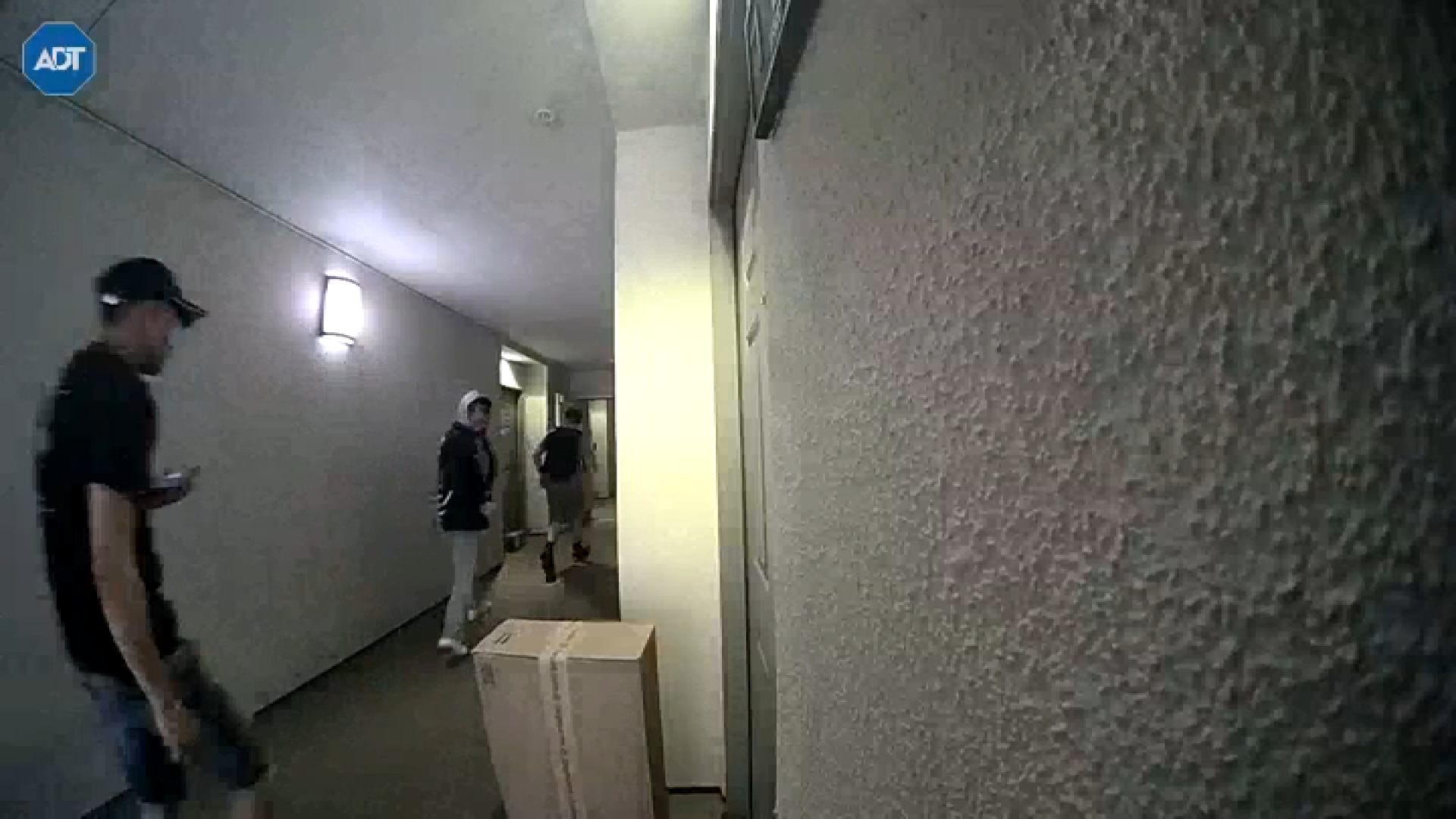While much of the country is buried in snow, California remains sunny and dry, with summer-like temperatures across much of the region. So are we in a drought? Why is it so dry? Has this happened before?
We've got answers.
WHERE ARE WE NOW?
Our current rain season started October 1. Since then we have picked up 0.12” of rain. This is only 2% of normal.
WHY IS IT SO DRY?
The La Niña pattern is partially to blame for this. There has been a strong blocking ridge of high pressure that has kept the jet stream pointed at the Pacific Northwest. Seattle currently sits above average with rainfall. Last season’s La Niña had the ridge in a different spot, so we were able to benefit from a more favorable jet stream position.
WHAT IS THE FORECAST?
News
Top news of the day
It is unlikely that we will reach our average rainfall of 14.93” for the season. There’s always a chance for a blockbuster January-March, but keep in mind that October to December accounts for 27% of the total rainfall in an average season. January-March accounts for 63% of the rain in an average year. Yes, on average 90% of our rain falls during a 6-month period.
What does that mean? Let’s say we get average rainfall for every month left in the season…we would only end up at 11.02” of rain.
HAS THIS HAPPENED BEFORE?
We have had a dry start (less than 0.20” for Oct – Dec) 5 times before, the most recent being in 1990. The last time we had 0.12” or less was in 1962. In all 5 seasons, we ended up below average by the end of the season. Some good news though: in 4 of the seasons, we had at least 1 month with normal rainfall or better. In other words: it will rain again.
WHAT’S THE STATUS OF OUR RESERVOIRS?
This part is hard to describe right now. We rely on the State Water Project that uses Lake Oroville as the main source. Right now Oroville is at a lower level due to spillway repairs and construction. I am not sure what this means for SoCal, but I’m sure the Department of Water Resources has a plan to use other reservoirs like Shasta and Folsom. Shasta is at 114% of average for this time of year, Folsom is currently at 119%.
ARE WE IN A DROUGHT AGAIN?
It is too early to say. First we need to see where the rest of the season takes us. While unlikely, there is always a chance that we could recover with a very wet Janunary to March.
An important reminder though: drought is not only based on SoCal rainfall. Northern California has the majority of reservoirs and the bulk of the snowpack. While we have been exceptionally dry, places like Sacramento have at least seen some rain. Right now Sacramento rainfall is at 43% of normal.
One more important factor is the snowpack. Currently the Sierra Snowpack is at 28% of average. While rainfall can temporarily help reservoir levels, it’s the gradual melting of the snowpack that feeds all the streams into the reservoir system. There is plenty of time left to build up some snow in the mountains.
California goes through dry periods (usually 2-3 years long) bookended by 1 or 2 wet years. It is possible we are moving into a dry period.
WHAT DOES THIS MEAN FOR FIRE DANGER?
Our recent fire activity can be blamed on 2 things: the current dry stretch, and the above average rainfall from last season. The wet season triggered plenty of new growth, but now much of that has dried out and turned into fuel. A similar pattern appeared in 2011 and 2012 with an increase in total acres burned by wildfires. This followed the very wet 2010-11 rain season.
6 of the 8 largest Southern California fires happened within 2 years of an above average rain season.



